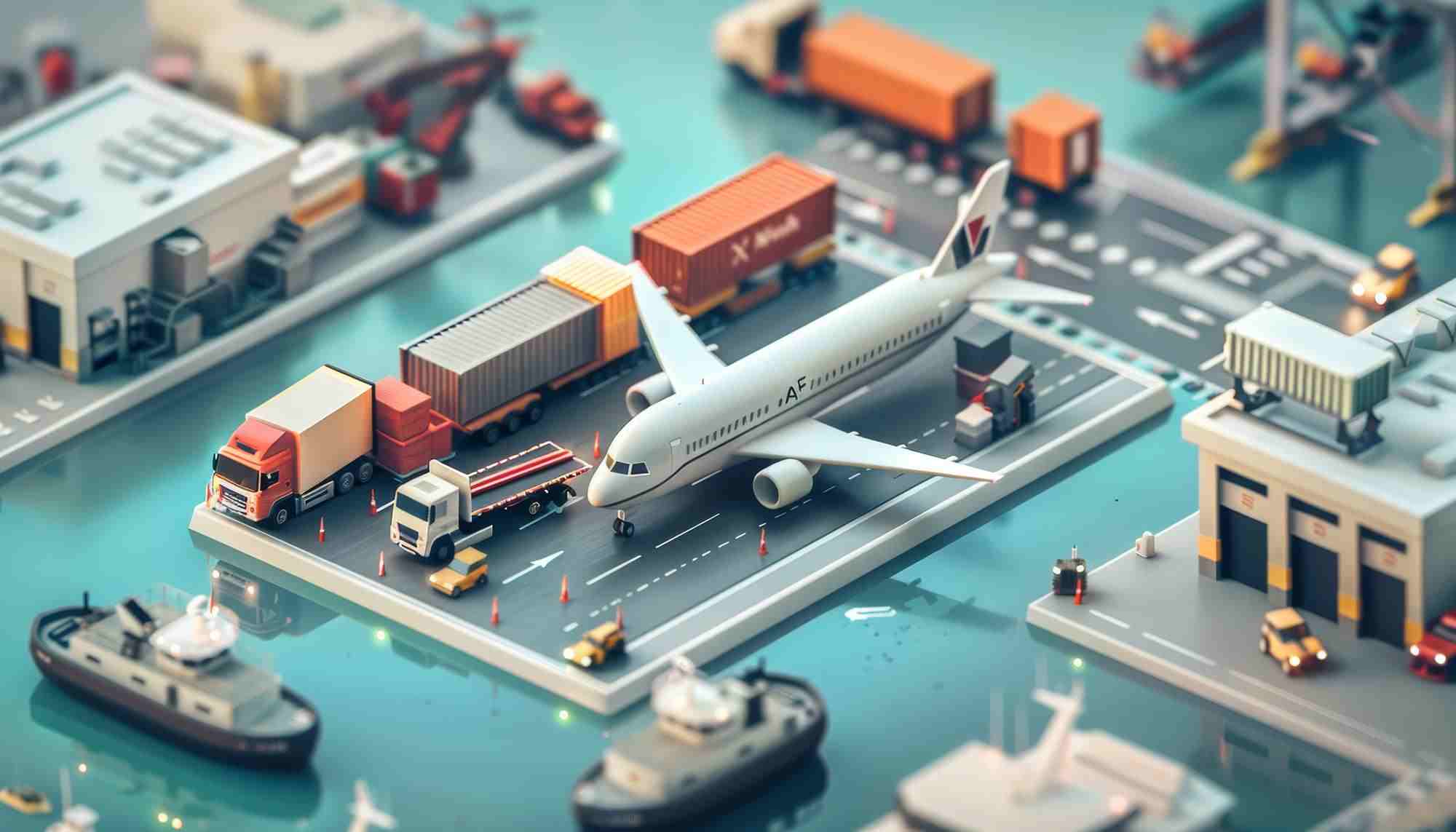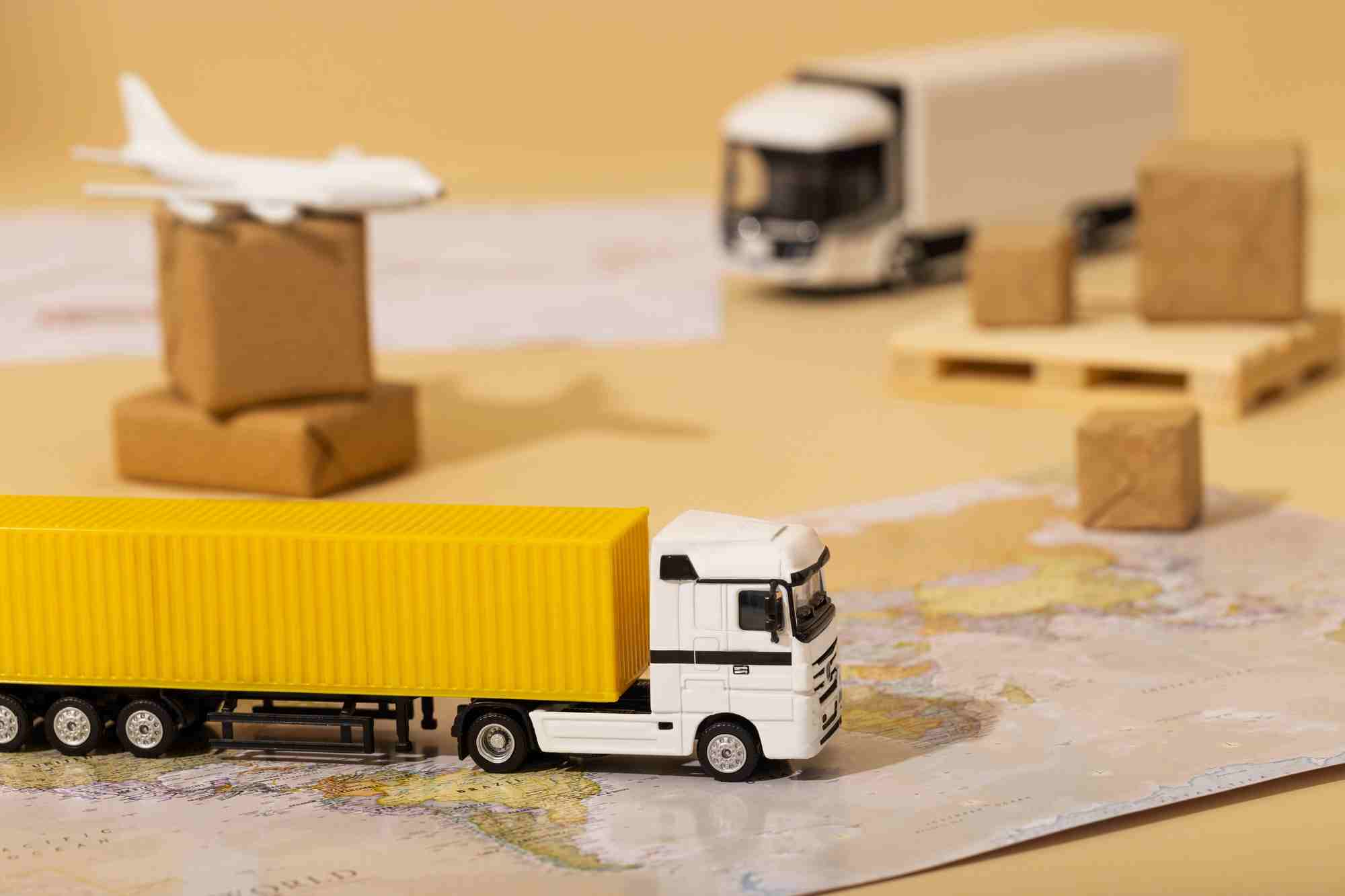What Is an Air Waybill (AWB) and Its Role in International Shipping
- دسته بندی ها:
- Customs clearance
- Import of goods
- Obtaining permits
In the complex and fast-paced world of international trade, efficient and accurate management of cargo shipping is critically important. Among the most vital documents in this realm is the Air Waybill (AWB). This document not only serves as a contract between the shipper and the air carrier but also acts as a receipt for the shipment and proof of dispatch.
What is an Air Waybill?
An air waybill (AWB) is a legal document issued by air carriers, serving as a contract for the carriage of goods between the sender and the carrier. It includes all cargo-related details such as origin and destination, shipper and consignee information, type and nature of goods, weight, and shipping conditions. Essentially, it records every detail of the air transport arrangement.
Unlike some marine bills of lading that may be transferable and serve as a document of title, an air waybill is non-transferable and functions solely as a transport document and receipt.

-
What about the AWB number?
Each Air Waybill used in international shipping includes the carrier’s name, address, logo, and an 11-digit AWB number. Typically, the upper-left section of the AWB displays information such as sender and receiver details, the agent, and codes for origin and destination airports.
Key Components of an Air Waybill
An AWB contains detailed and structured information essential for managing and tracking a shipment. These include:
-
Shipper and Consignee Information: Names, addresses, and contact details for both parties.
-
Shipment Details: Exact data on weight, volume, number of packages, and type of goods to assist the carrier in planning and safeguarding the shipment.
-
Flight Information: Flight number, date, time, and route—enabling both sender and receiver to track the cargo during transit.
-
Shipping Terms and Conditions: Includes insurance coverage, carrier liability, and protocols in case of loss, delay, or damage.
Importance of the Air Waybill in International Transport
-
Proof of Delivery: The AWB serves as evidence that the cargo has been handed over to the carrier and is officially in transit.
-
Customs Facilitation: It contains precise details needed for customs clearance, ensuring smooth border crossing.
-
Risk Management: Clearly defines responsibilities—which party bears risk at each stage—enhancing shipping security.
-
Tracking and Visibility: Comprehensive details allow closeness of tracking, improving transparency and reducing the risk of delays or loss.
Types of Air Waybills

Air Waybills are generally classified into two main types:
-
Air Carrier-Issued AWB: Issued directly by the airline, including all necessary cargo transport information. Naturally used when a direct contract exists between a shipper and the airline.
-
Freight Forwarder-Issued AWB: Issued by forwarding agents handling multi-leg or multi-carrier shipments. The forwarder acts as the overall coordinator and issues the AWB accordingly.
Steps in Issuing an Air Waybill

Cargo Handover: The shipper delivers the cargo to the carrier, which then records the weight and specifics.
AWB Issuance: The carrier or forwarder creates the AWB, detailing all necessary data for cargo handling.
Payment & Finalization: Shipping fees are calculated based on cargo type and flight route; after payment, the AWB is finalized and handed to the shipper.
Summary
The Air Waybill is one of the most essential documents in air freight and international trade. It serves as a contract of carriage, supports customs and logistics operations, defines liability and risk, and enables tracking—all key to smooth, transparent shipping. Understanding how AWBs are issued and used can significantly improve your shipping efficiency and confidence in handling air cargo.


